Umesh Mishra, Jasprit Singh1402064802, 9781402064807
Semiconductor Device Physics and Design starts out with basic physics concepts including the physics behind polar heterostructures and strained heterostructures. Important devices ranging from p-n diodes to bipolar and field effect devices is then discussed. An important distinction users will find in this book is the discussion presented on device needs from the perspective of various technologies. For example, how much gain is needed in a transistor, how much power, what kind of device characteristics are needed. Not surprisingly the needs depend upon applications. The needs of an A/D or D/A converter will be different from that of an amplifier in a cell phone. Similarly the diodes used in a laptop will place different requirements on the device engineer than diodes used in a mixer circuit. By relating device design to device performance and then relating device needs to system use the student can see how device design works in real world.
This book is comprehensive without being overwhelming. The focus was to make this a useful text book so that the information contained is cohesive without including all aspects of device physics. The lesson plans demonstrated how this book could be used in a 1 semester or 2 quarter sequence.
Table of contents :
51jCHvJ6G4L……Page 1
00front-matter……Page 2
01……Page 25
02……Page 52
03……Page 116
04……Page 170
05……Page 240
06……Page 270
07……Page 328
08……Page 380
09……Page 457
10……Page 513
back-matter……Page 535
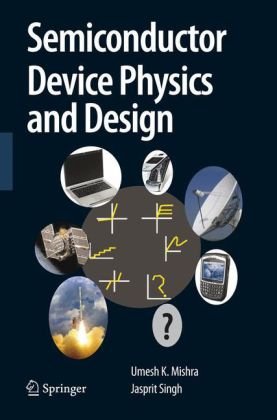
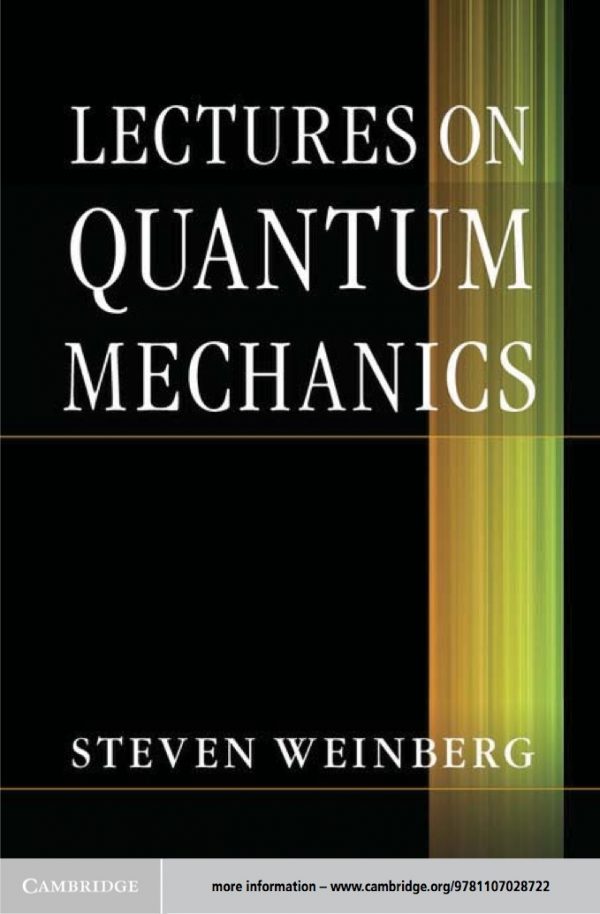


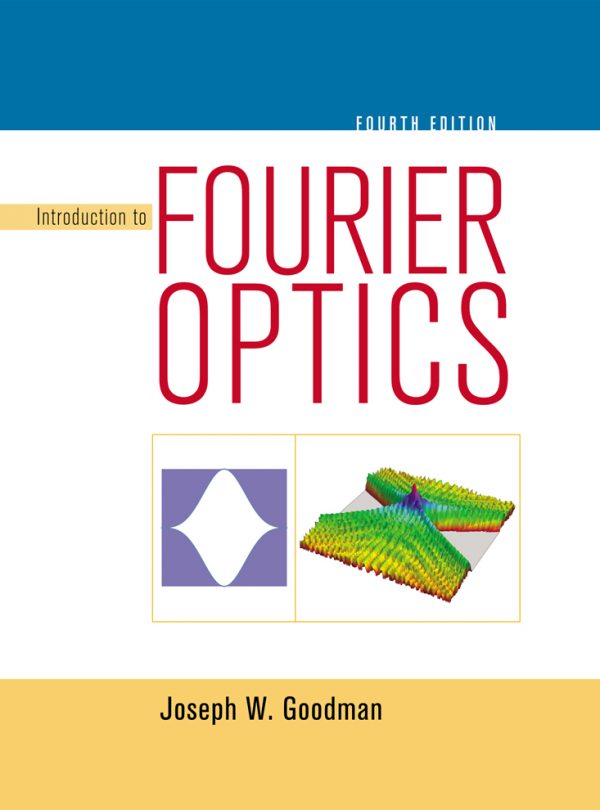
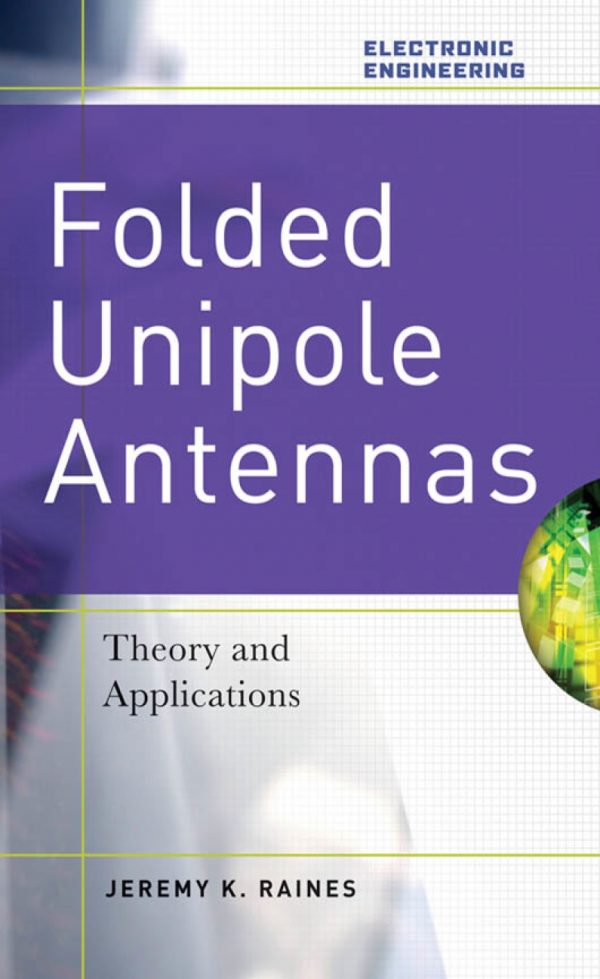
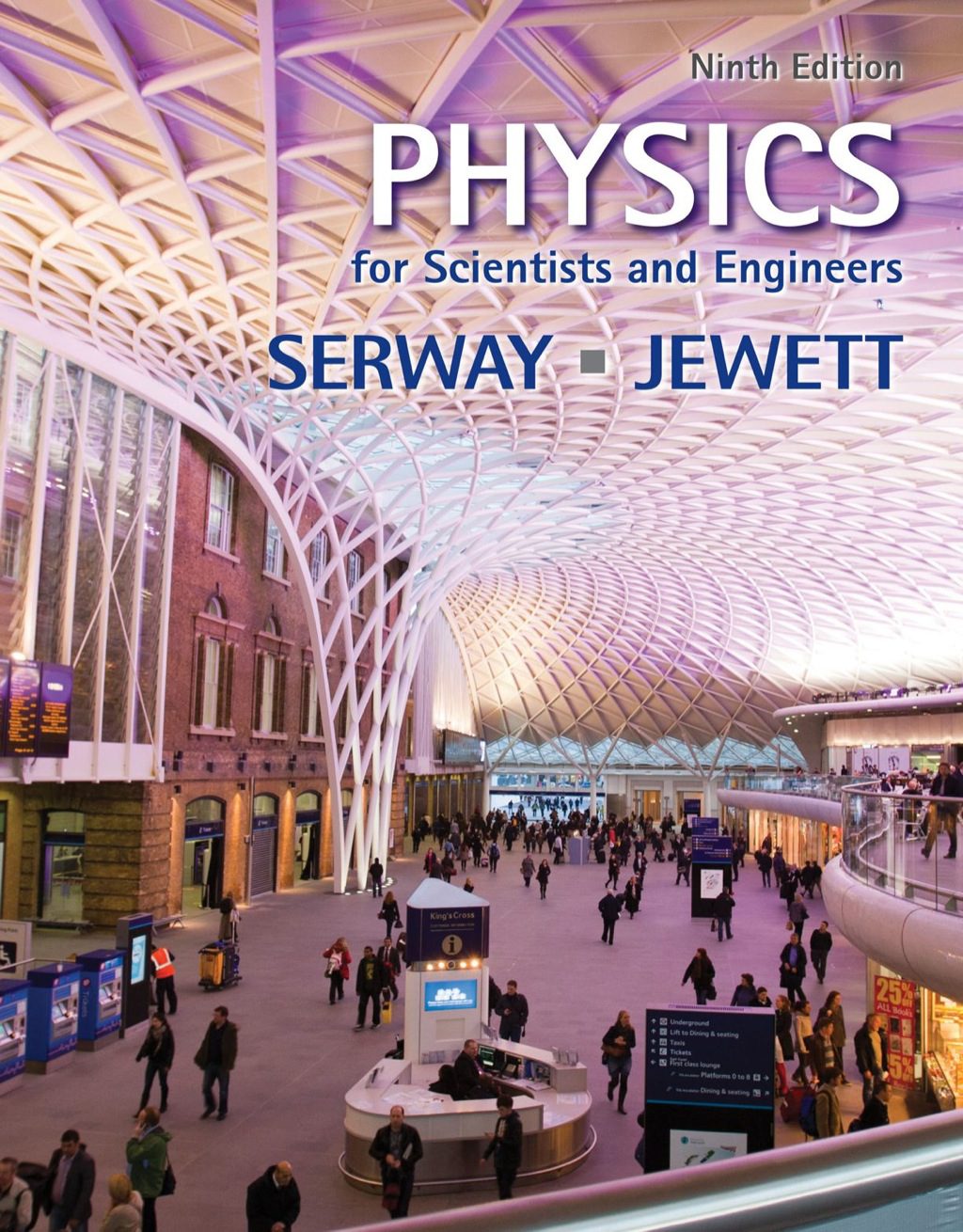
Reviews
There are no reviews yet.